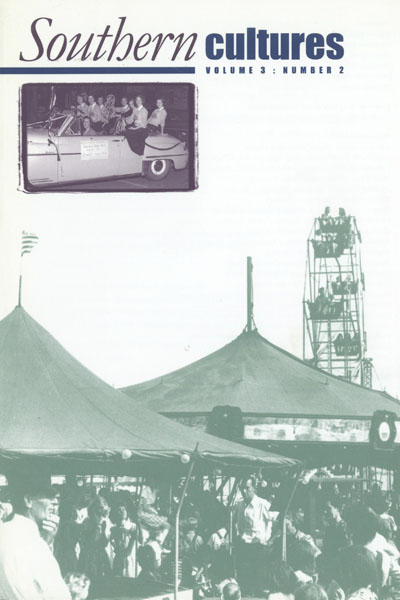“What can the autobiographies of black and white southerners coming of age in the segregated South tell us about race?”
In Lillian Smith’s Our Faces, Our Words, a young northern-born and -educated African American come south to join the civil rights movement reflects upon his experiences in the field with southern youths, Black and white. Young southerners of both races, he realizes, have so much in common that at times he feels segregated from them. The foundation for this relationship between young southerners of both races, he concludes, is their shared memories. “These southerners are tied and tangled in a web of common memories they can’t escape and don’t want to escape,” he writes. They are bound by memories of common foods, hot southern summers, and shared activities. A more insightful observation follows this eloquently expressed, if not original, concept: The South’s residents, the young man notes, are also bound by “common hurts; each [race] hurt in a different way by that old barbed wire of segregation but both hurt. And they know it.” The virtual wellspring of southern autobiography published since the outbreak of the Second World War strikingly supports the validity of this young northern Black’s observation. Practically all these autobiographies explore to some extent the seemingly intractable problem of race, an exploration that the national social and intellectual climate of the time supported, especially when it was limited to the South.


